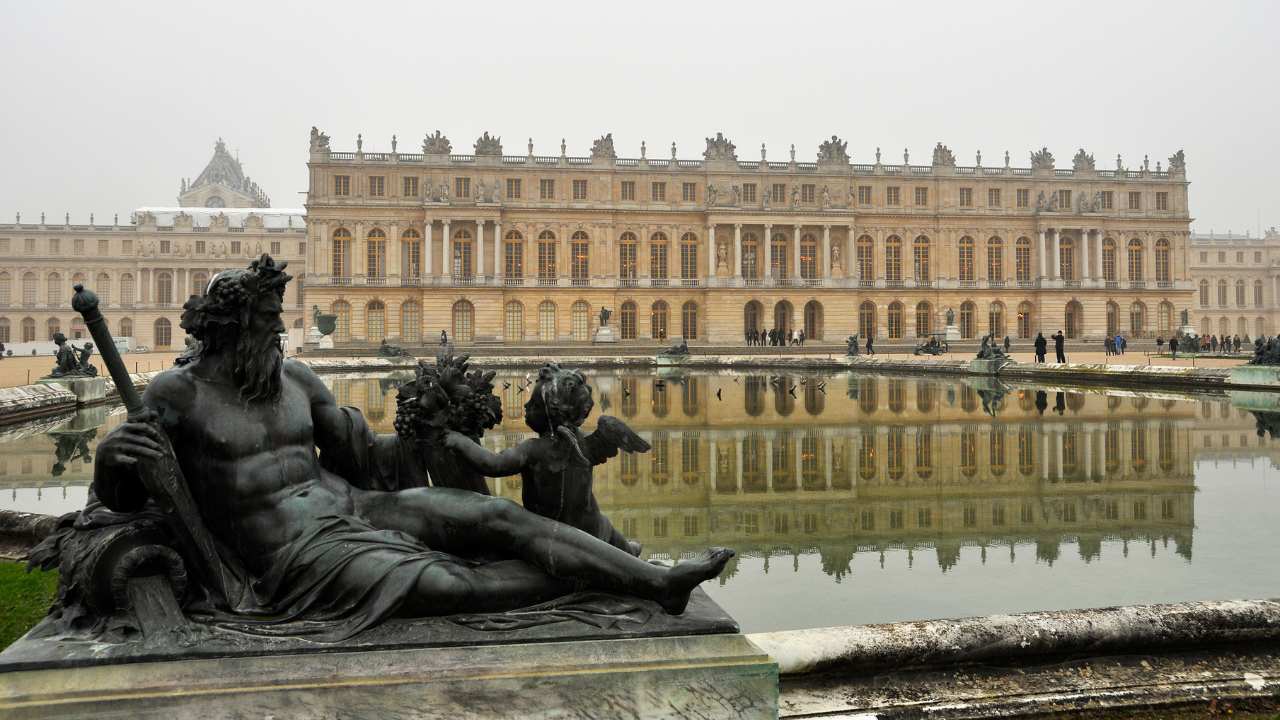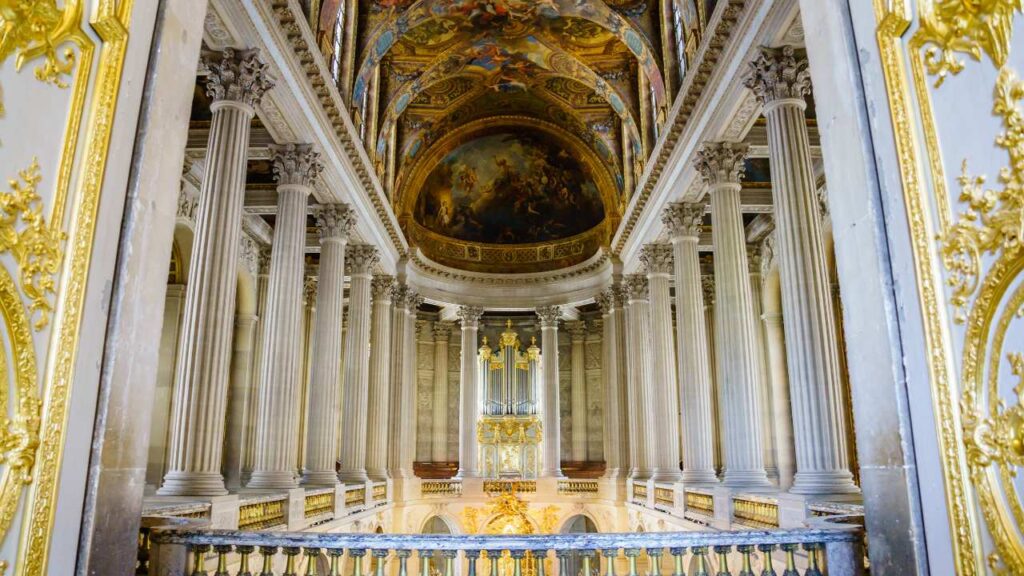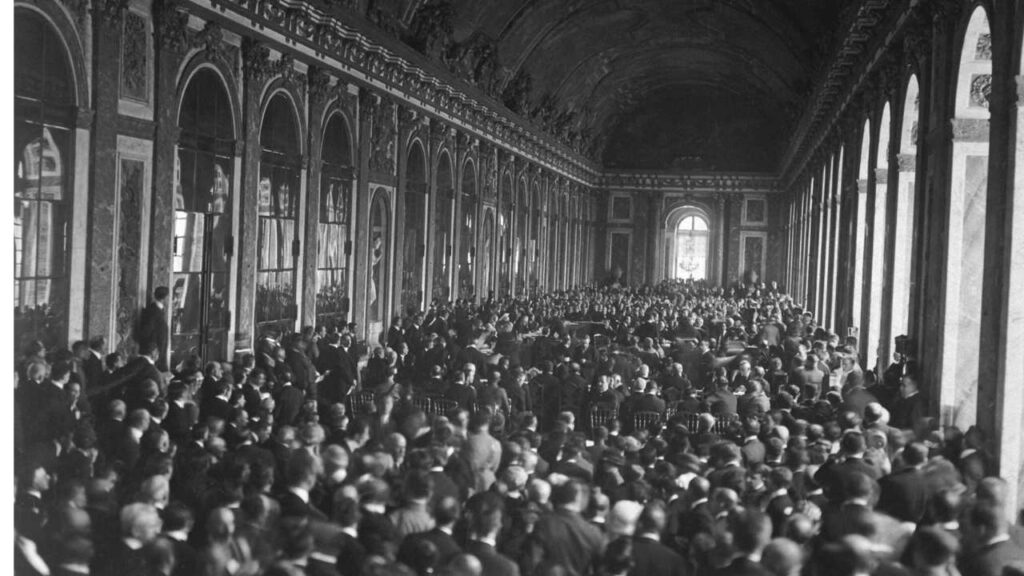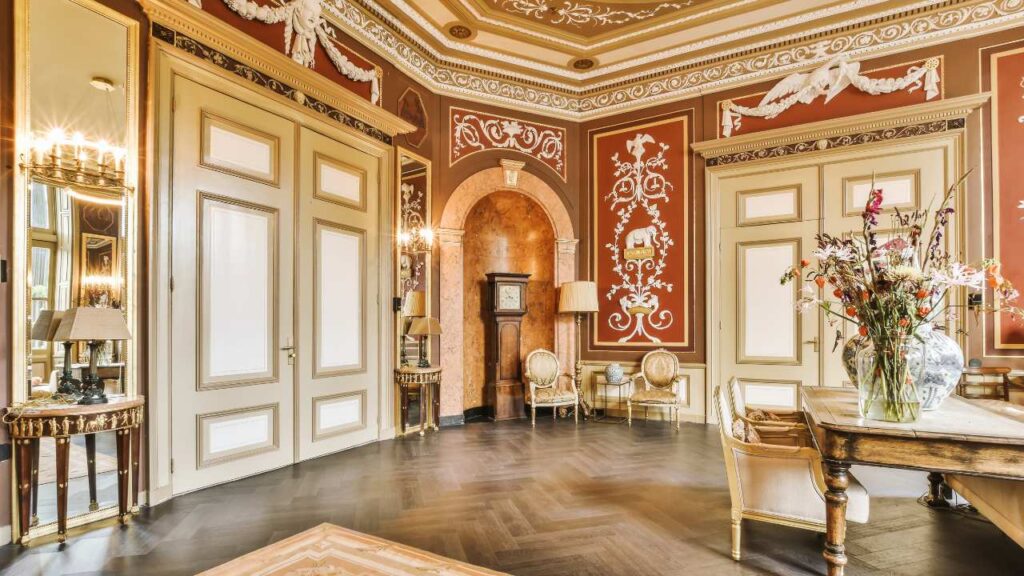
The Palace of Versailles is one of the most famous palaces in the world and is located in Versailles, France. It was constructed as a hunting lodge for King Louis XIII, but King Louis XIV later expanded and transformed it into a grand palace. The Palace of Versailles is renowned for its luxury, beauty, and historical significance. In this article, we’ll learn about the Palace of Versailles’s hidden stories, interesting architectural details, and other secrets.
History of the Palace of Versailles

The Palace of Versailles has a 17th-century history. In 1624, it was constructed as a small hunting lodge for King Louis XIII. Later, King Louis XIV, also known as the Sun King, transformed the palace into a grand estate, symbolizing his rule. Over the years, many monarchs resided in the Palace of Versailles, which played a crucial role in France’s political and cultural history.
Architectural Features of the Palace of Versailles

The architectural splendor and grandeur of the Palace of Versailles are well-known. The palace’s architecture is a fusion of Baroque, Classical, and Renaissance styles. The gardens of the palace are also very pretty. They cover 800 hectares and have fountains, statues, and an orangery. The Hall of Mirrors, the King’s Grand Apartments, and the Queen’s Grand Apartments are among the palace’s 700 rooms.
Secrets of the Versailles Palace
The Palace of Versailles contains secrets and hidden stories that add to its intrigue and mystique. The Palace of Versailles has several intriguing secrets, including:
Secret Passages

The monarchs used the palace’s many secret passages and hidden rooms to move around the palace incognito. One such passage is the secret staircase that linked the King’s private quarters to the chapel. The passage that connected the King’s and Queen’s chambers is another hidden passage.
The Hall of Mirrors
The Hall of Mirrors is one of the most stunning rooms in the palace, but it has a dark past. It was the site of the Treaty of Versailles, which formally ended World War I. On June 28, 1919, the treaty was signed in the Hall of Mirrors, and it is said that the room’s mirrors broke when the treaty was signed.
The Secret Apartment of Marie Antoinette
Marie Antoinette, the Queen of France, had a secret apartment in the palace to escape the pressures of court life. The apartment has a small theater, a bedroom, and a salon. The apartment was hidden behind a secret door and was only accessible via a hidden staircase.
The Hidden Room

The palace has a hidden room that was discovered in the 21st century. The room, hidden behind a mirror in the Queen’s chambers, was used to store the Queen’s jewelry and personal belongings.
Visiting the Versailles Palace
The Palace of Versailles is open to the public, and guests can wander through its many rooms, gardens, and fountains. Visitors can also attend concerts and events in the palace’s grand opera house. However, due to the palace’s popularity, it is advisable to purchase tickets in advance to avoid long lines.
To buy a ticket to the Palace of Versailles, you have several options:
- Online: The easiest and most convenient way to purchase tickets is online. You can visit the official website of the Palace of Versailles and purchase tickets in advance.
- At the Palace of Versailles: You can buy tickets at the entrance, but be prepared for long queues, especially during peak tourist season.
- At a Tourist Information Center: If you’re already in Paris, you can buy tickets at a tourist information center like the one at the Louvre Museum.
It is highly recommended to book your tickets in advance, especially during peak tourist season, to avoid long queues and ensure entry. You can skip the line and enter the palace directly with an advance ticket.
Faq
No, some rooms are publicly closed for preservation purposes, but visitors can explore most of the palace.
Visiting the Palace of Versailles can take several hours, depending on how much of the palace and gardens visitors want to explore.
Early morning or late afternoon are the best times to visit the Palace of Versailles to avoid large crowds and long queues.
Photography is allowed in most of the palace, but flash photography and tripods are not.

